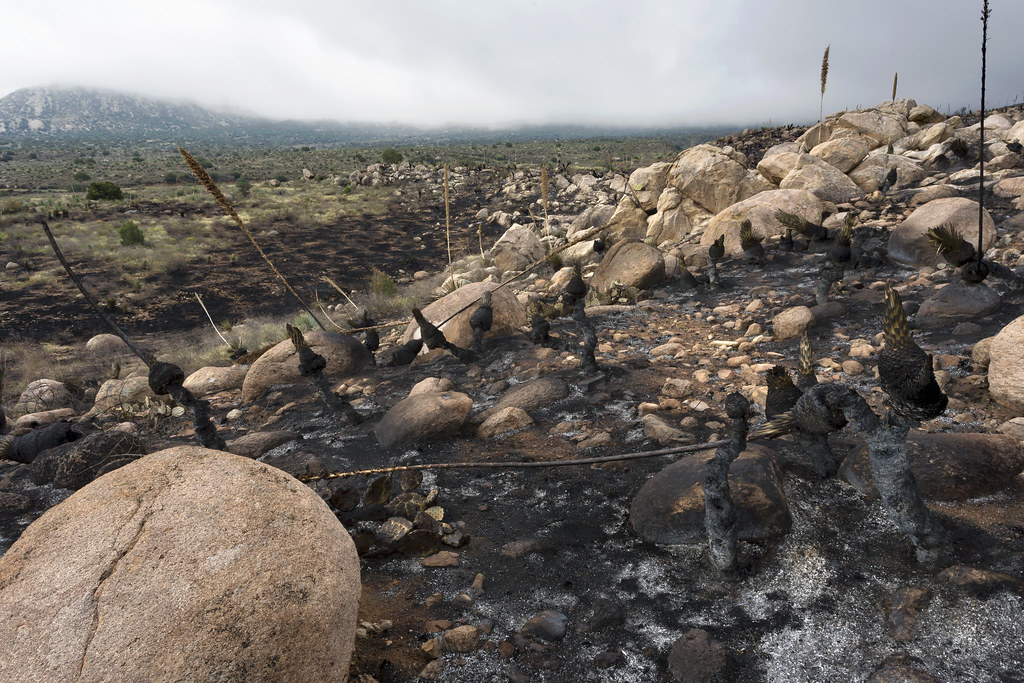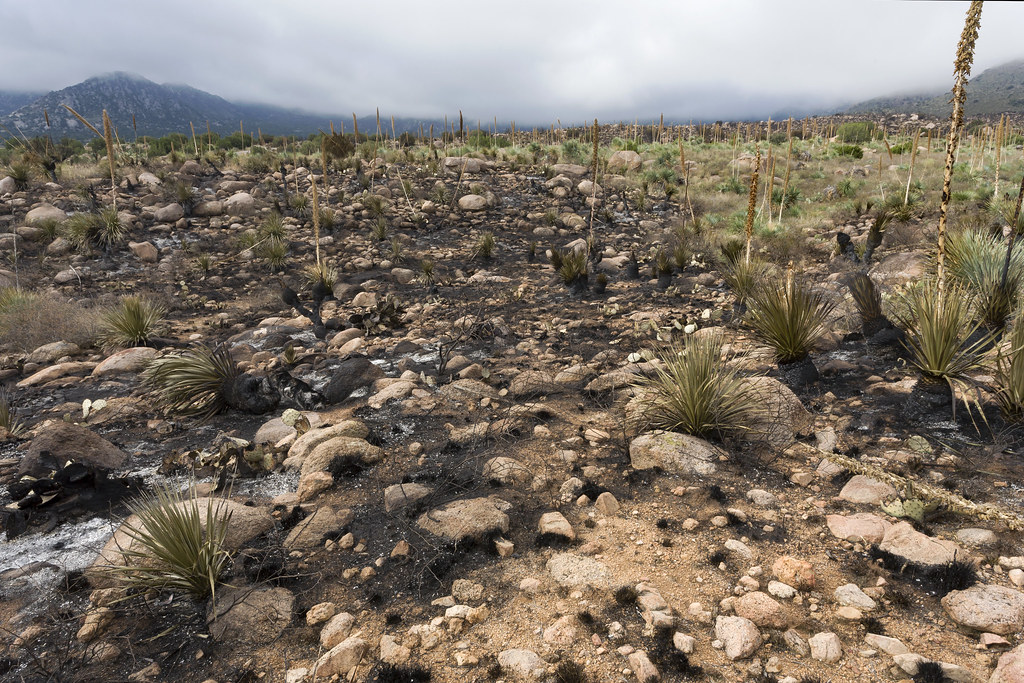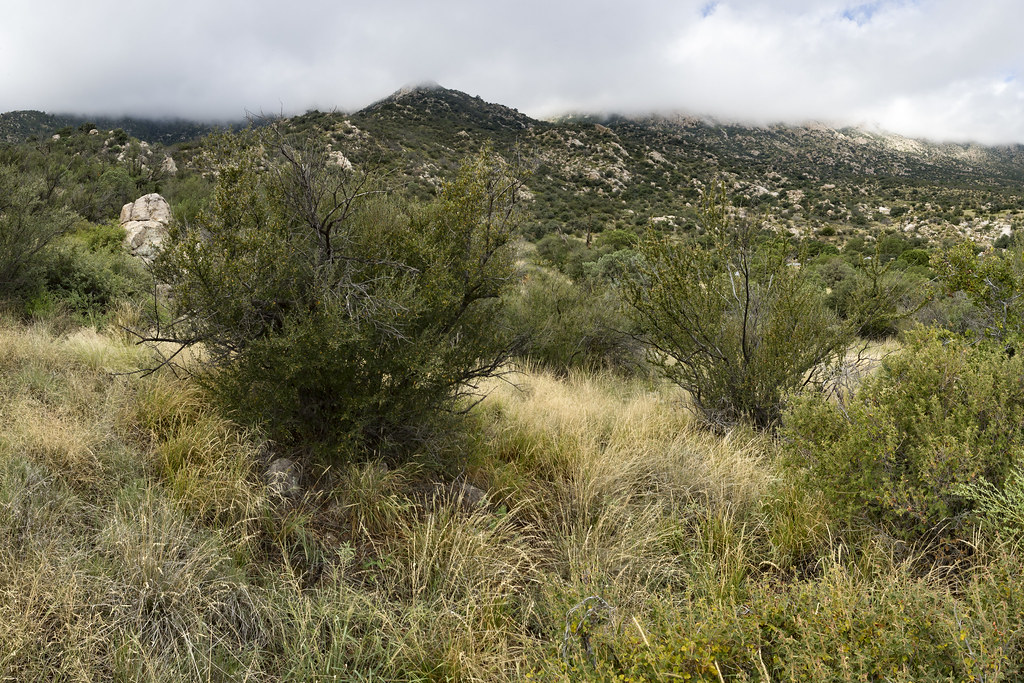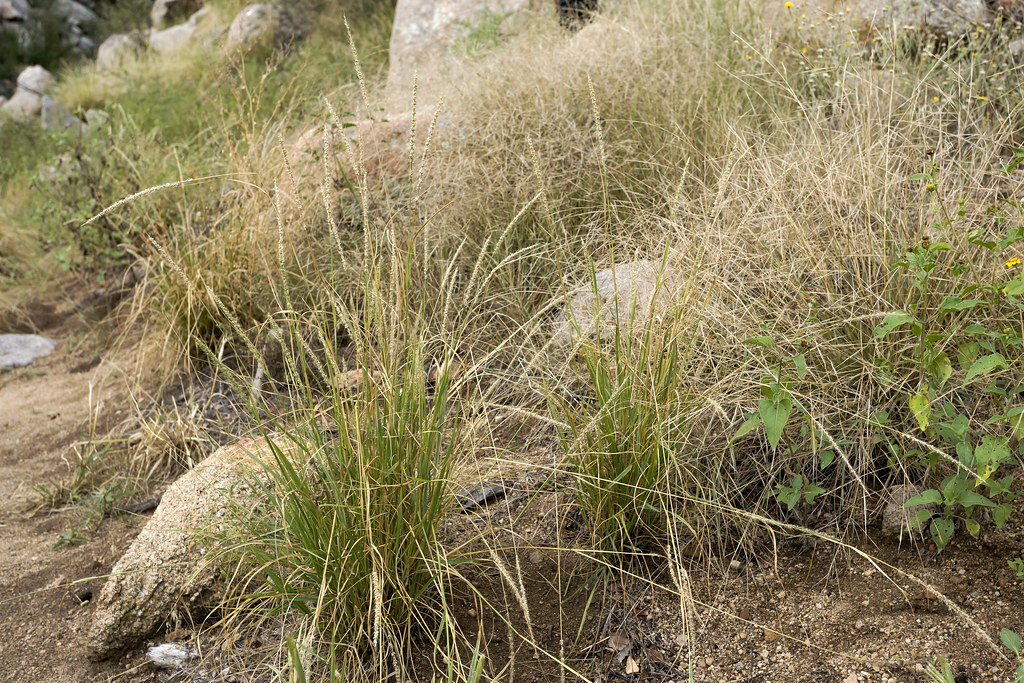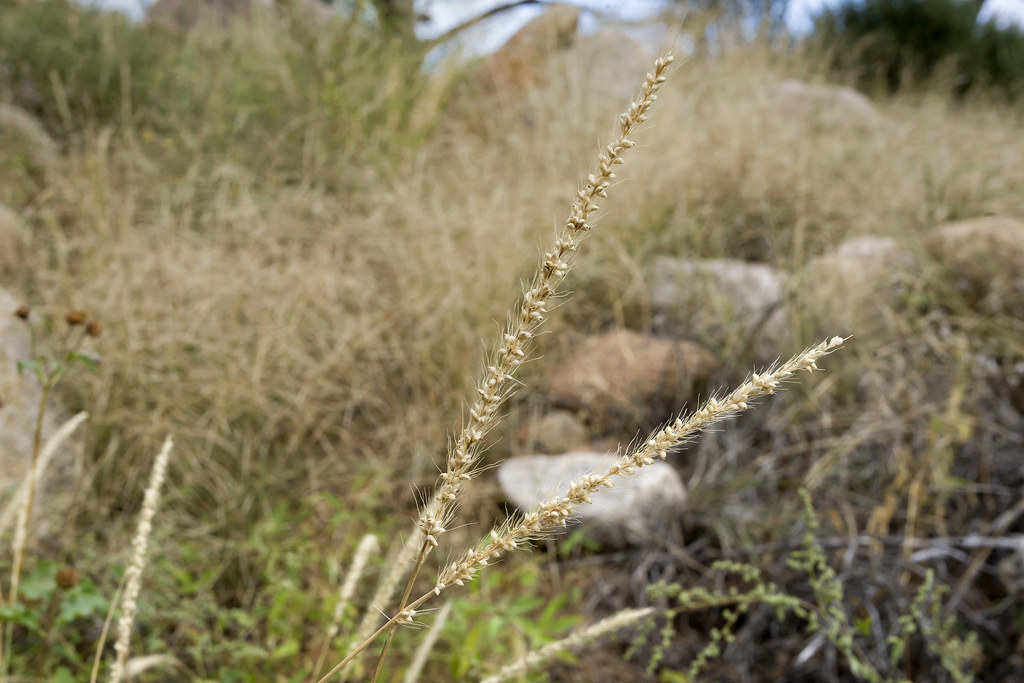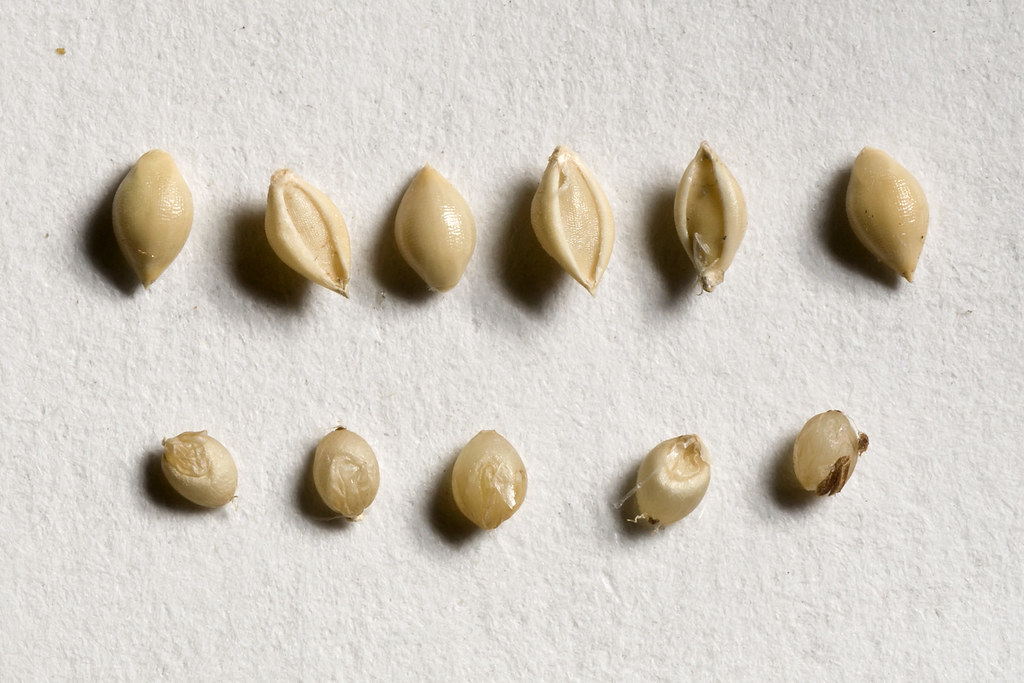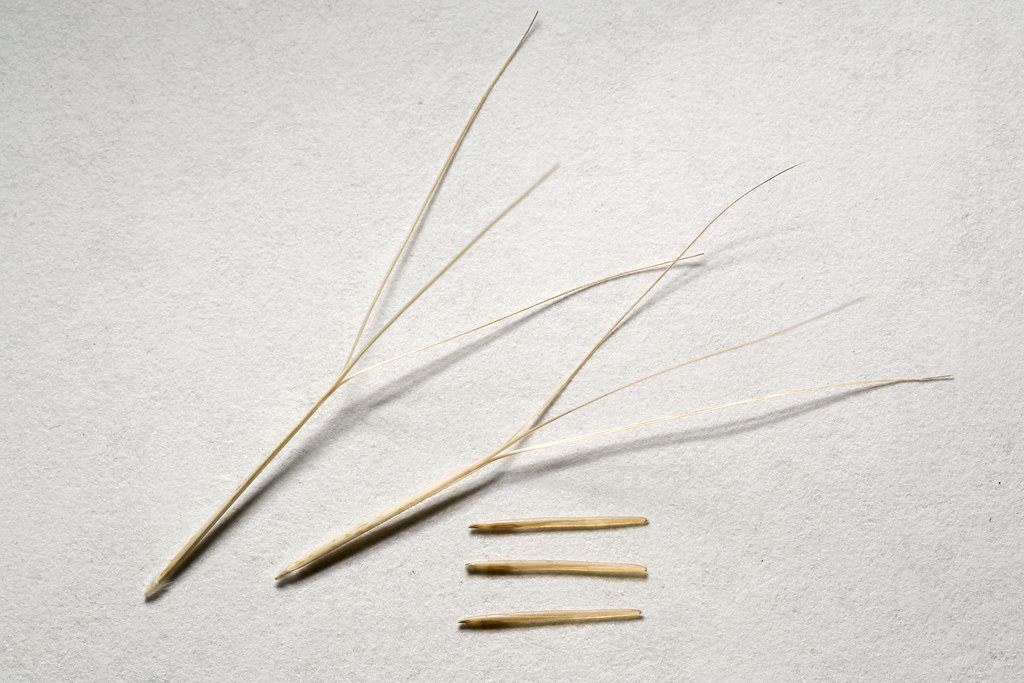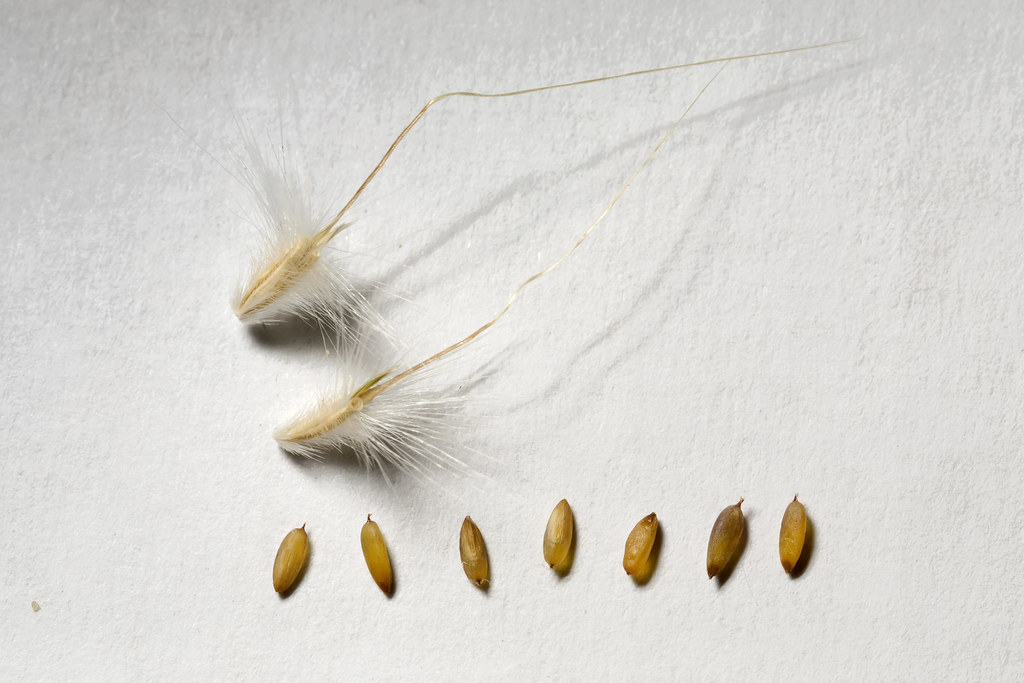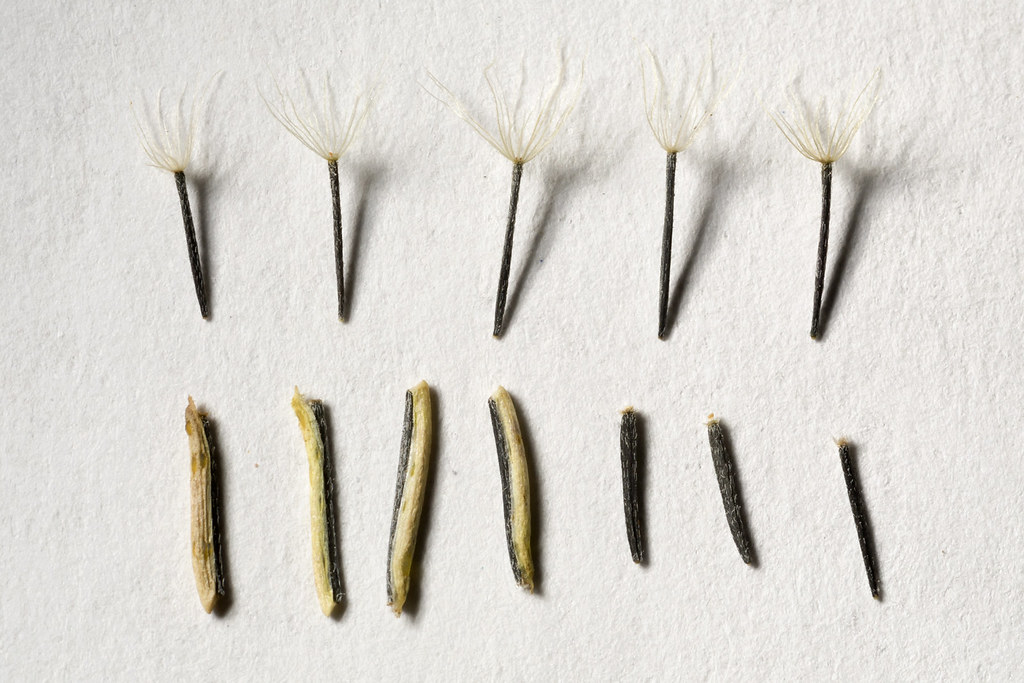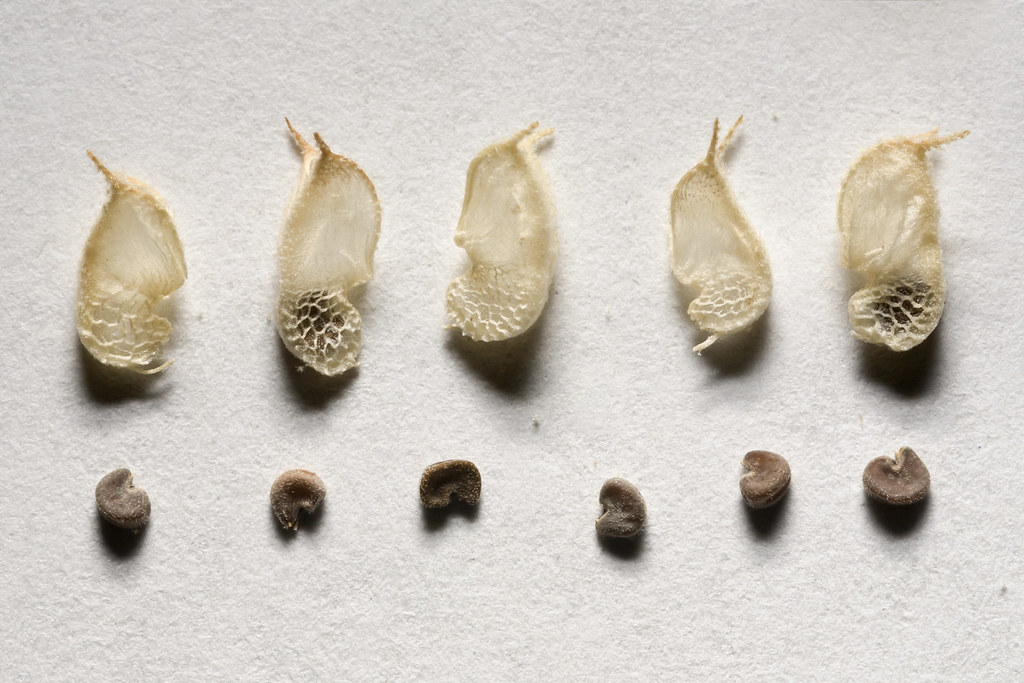
It’s my last day here in Dillon, Montana. It really snuck up on me. My time here has taught me so much. I’ve learned way too many field skills and tips to list here, but my co-workers recently told me I am now officially a professional mud driver (no brakes, no problems) and fence fixer (respect the barbs). The flora here has grown on me and I really enjoyed learning so many new species. Working so closely with the range department, I picked up a lot of management techniques and interdisciplinary perspectives. Less practically, it was interesting to work in a less academic environment and see how a land management agency operates given the information on hand. Getting away from the ivory towers taught me a lot of very practical skills and standpoints.

Some of the stickiest lessons I’ve learned have nothing to do with botany. Working so closely with quite a few people forces one to be flexible and communicate carefully. The range technicians, who I worked with most regularly, come from very different backgrounds than me, socially, politically, and geographically. I did voice my opinion and experience on certain issues, but I felt it was more important for me to listen and really think about what they were saying and how their experiences led them there. I tried to do the same with the land owners I came into contact with. For someone who is interested in environmental policy, these are the people who will be affected the most and who have a lot of insight into the logistics of how different conservation strategies actually work. In fact, many ranchers are huge environmentalists, although perhaps they would choose another word. A city slicker like me should take note.
When I moved from Portland, Oregon to Dillon I did not adequately realize how big of a shift it would be or prepare for it. I mean, populated liberal utopia to rural rodeo town can’t be that different, right? Horses trotted Main Street, the one coffee shop in town is closed on weekends, the doors to my house did not have locks. I had discussions with people on institutional racism and president Obama’s nationality (at one point I called my mom to confirm that Obama was in fact American, not Kenyan, like the three rational, educated people I was talking to tried to convince me). I went to my first rodeo and country concert and was amused that the concession stand gave people a plastic bag to hold all the cans of Bud Light. I lived abroad for a year in college, but felt like more of a foreigner here than anywhere I’ve been.
So yes, it was very different than Portland. Still, I learned a lot here and met some very nice and thoughtful people. I saw some incredible mountain ranges, rivers, and wildlife. I never caught a fish, despite my best attempts.
I am very grateful to the awesome people at the Dillon Field Office. Thanks for all the hard work you do and for making me feel welcome. I owe a huge thank you to my mentor Kelly, who taught me so much about the land and life. Thank you Leah, Berett, Haleigh, Cari, and Melanie for being patient with me, and laughing at my dumb jokes and poor taste in gas station snacks. And of course, thank you Rebecca and Krissa for working so hard to make all this happen!
When I first moved here, I was reading A Field Guide to Getting Lost by Rebecca Solnit. I highly recommend the book, especially to those working outside in the west, and wanted to share a final quote:
“…Not till we are completely lost, or turned round,–for a man needs only to be turned round once with his eyes shut in this world to be lies,–do we appreciate the vastness and strangeness of nature. Not till we are lost, in other words, not till we have lost the world, do we begin to find ourselves, and realize where we are and the infinite extent of our relations.” Thoreau is playing with the biblical question about what it profits a man if he gains the whole world and loses his own soul. Lose the whole world, get lost in it, and find your soul.”






















